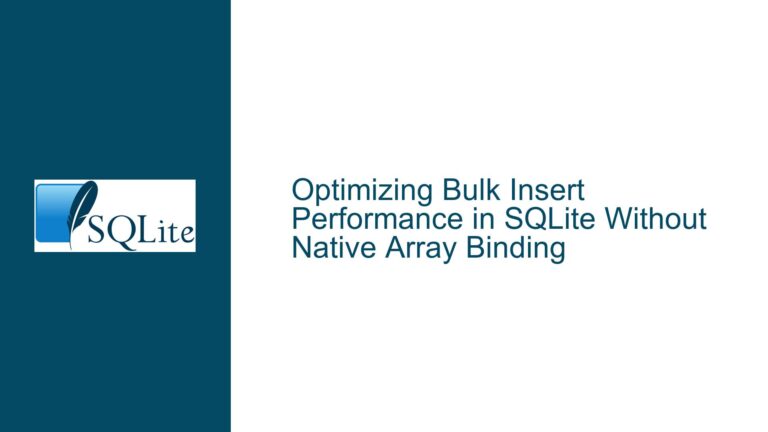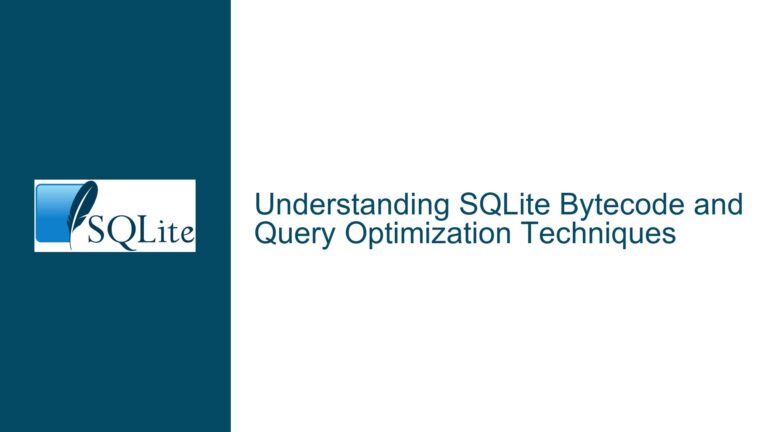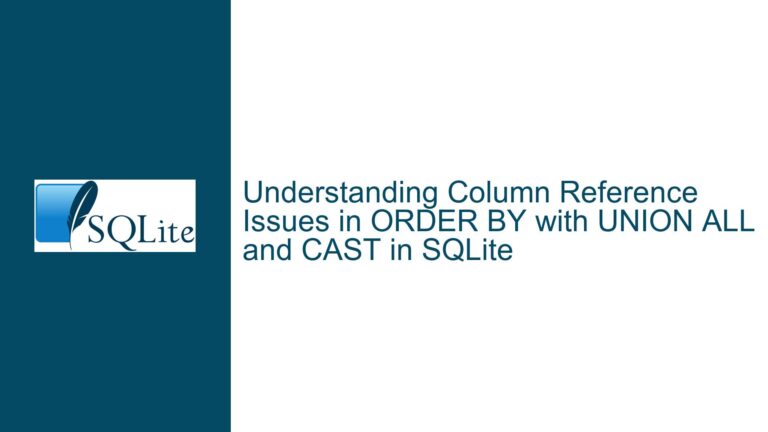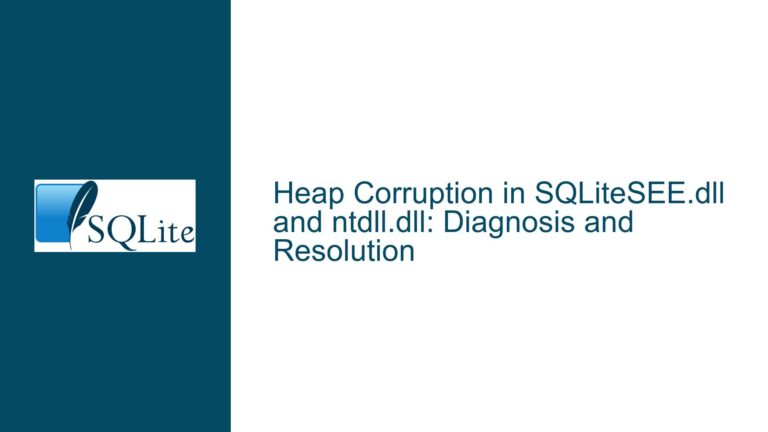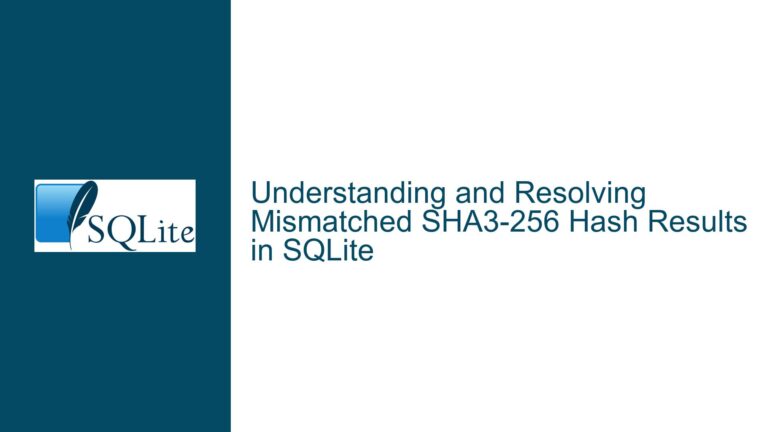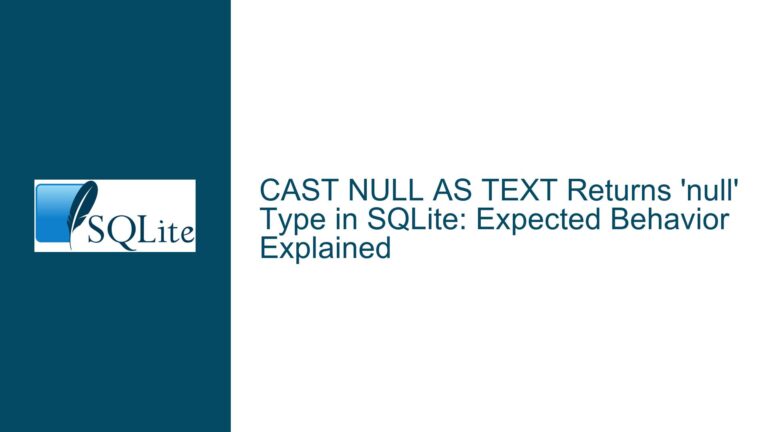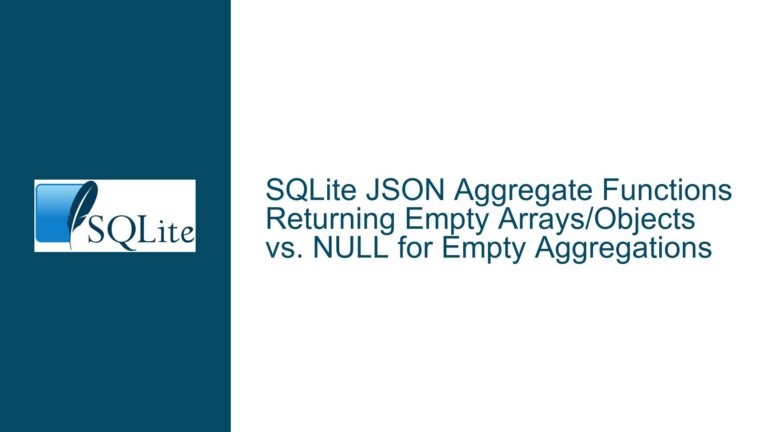Handling SQLITE_BUSY During Crash Recovery in Multi-Process/Thread Environments
Database Lock Contention During Crash Recovery: Mechanisms & Mitigations Understanding SQLITE_BUSY During Rollback & WAL Recovery SQLITE_BUSY errors arise when concurrent processes or threads attempt conflicting operations on a database. This becomes particularly problematic during crash recovery, where SQLite enforces exclusive locks to ensure data integrity. The core challenge lies in managing access to the…


